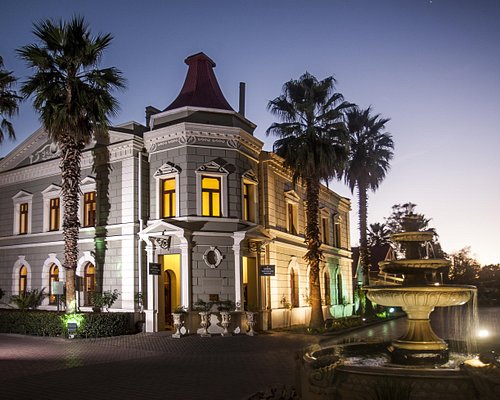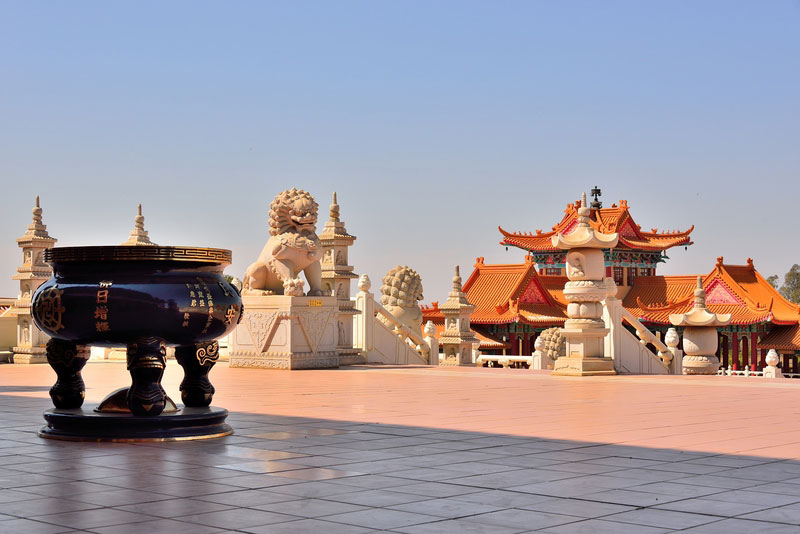Getting My Johannesburg North Attractions To Work
Getting My Johannesburg North Attractions To Work
Blog Article
Not known Facts About Johannesburg North Attractions
Table of ContentsThe Main Principles Of Johannesburg North Attractions An Unbiased View of Johannesburg North Attractions9 Simple Techniques For Johannesburg North AttractionsThe 8-Minute Rule for Johannesburg North AttractionsOur Johannesburg North Attractions PDFsThe 2-Minute Rule for Johannesburg North Attractions
The city grew on the side of the Witwatersrand Main Coral reef, a below ground stratum of gold-bearing quartz-silica empire that arcs for hundreds of miles beneath the Highveld - Johannesburg North attractions. Most of the gold mines in the city discontinued operation in the 1970s, but in its day the Witwatersrand gold sector accounted for more than 40 percent of the globe's annual gold manufacturing.Johannesburg has a pleasant environment. The city delights in concerning 8 hours of sunlight per day in both wintertime and summertime.
What rain the city gets drops almost solely in the summertime, commonly in amazing late-afternoon electrical storms. Air air pollution presents a considerable issue, specifically in the winter season, when thermal inversions restrain the westward circulation of air from the Indian Sea. Air pollution is most severe in the largely worked out Black townships on the city's periphery, where several homeowners still depend on coal for fuel.

An Unbiased View of Johannesburg North Attractions
The balance of the city is inhabited by whites. Lodging varies in character and quality.
Physical growth, although somewhat limited by transportation, proceeded promptly as migration to South Africa, and Johannesburg particularly, raised significantly. This problem was fixed in the 1930s when the vehicle was presented in automation to South Africa. Autos were, essentially, constrained to the rich, and permitted them to relocate to the north of the city and commute right into the centre.
Many bad suburban areas were blended, with bad blacks and whites living together, although the rich residential areas were usually booked for whites. This altered with the Look At This election of the National Party in the 1948 elections, who began to formalise the system known as racism. Racism officially designated which suburbs each race could stay in under our website the Team Locations Act.
The previous system of eleven numbered regions was reorganised in 2006. Marshalltown, as seen from the top of the Carlton Centre. The M1 and M2 run behind the structures, and the southerly suburban areas expand past the highway border. The central city of Johannesburg lies within the city's Region F. The number of individuals living in the inner city on a casual basis is unknown, as many are unlawful immigrants. The joblessness, education, and age profiles of the location are all unknown, due to the trouble of getting reliable information concerning the area.
Everything about Johannesburg North Attractions
Yeoville and Bellevue have a mix of home buildings and single domestic units on small whole lots. The region lies on a mountainous divide that runs from eastern to west. The most obvious geographical feature is Observatory Ridge, which is called for the huge observatory situated on it. The recreational areas are no longer made use of, due to safety and security troubles.

The Best Strategy To Use For Johannesburg North Attractions
The eastern residential areas are some of the earliest areas my review here of Johannesburg, there are huge neighborhoods of Jewish and various other European histories, the bulk of the population is English talking. There are 3 golf training courses as well as a number of secured ridges with viewsites.
The location is mainly composed of old "matchbox" houses, or four-room houses constructed by the federal government, that were built to provide economical lodging for black workers during apartheid. Soweto is an acronym, representing "South Western Townships". Road after road around is lined with matchboxes; nonetheless, there are a few smaller sized areas where prosperous Sowetans have developed homes that are extra similar in stature with those in even more affluent residential areas.
Hostels are an additional prominent physical feature of Soweto. Originally constructed to house male migrant workers, lots of have been improved as houses for pairs and households. The N1 Western Bypass skirts the eastern border of Soweto. The suburb was not historically permitted to develop work centres within the location, so mostly all of its locals are travelers to other parts of the city.
How Johannesburg North Attractions can Save You Time, Stress, and Money.
The domestic locations in the northern suburban areas are generally official, with no considerable locations of casual housing, or housing that lacks a long-term structure. This is an established location, there is a trend of land usage adjustment from domestic to commercial, specifically along major arterial roads and around well established nodes.
Roadways to the eastern and west are much less well developed, as there are no highways taking a trip in that instructions. In the direction of the northern border of the city, the density of growth lowers, leaving huge areas of untaught land around Midrand.
Things about Johannesburg North Attractions
, which is situated on a hillside forgeting the internal city and Hillbrow.
Report this page